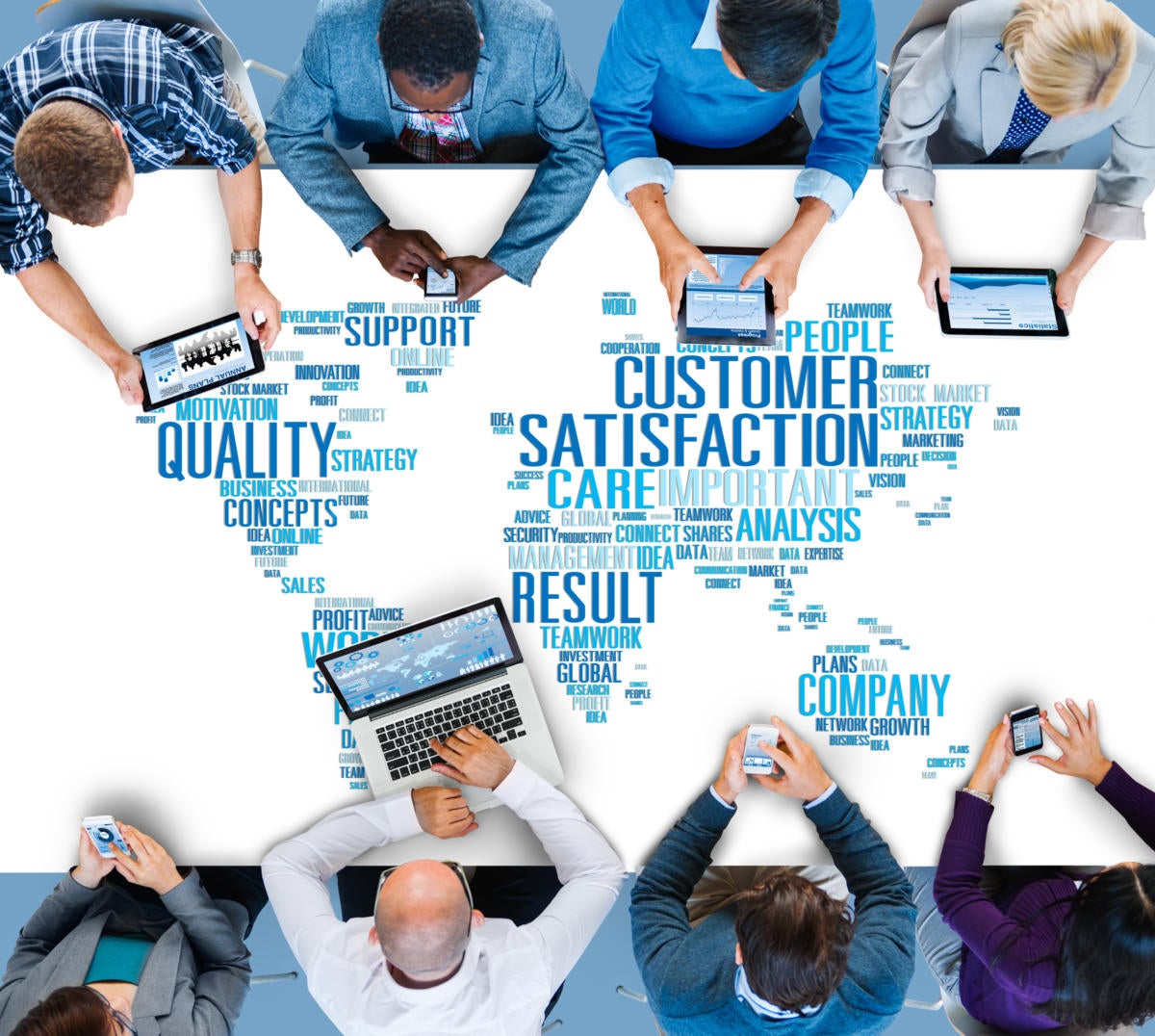Can you help your business create a single source of truth for all its customer data, including touchpoints from marketing, sales, and support functions in a single data platform? Can the platform integrate every customer interaction, including website visits, mobile app engagements, product consumption, store visits, social media activities, and other customer engagements?
The idea of building a 360-degree customer view has been around for a long time and was one of the early promises made by prominent CRM (customer relationship management) platforms. But most companies focus their CRM implementations on capturing account information, contact profiles, sales pipelines, and marketing activities. Some CRM systems such as HubSpot and Salesforce have integrated web analytics, but many apps capture the web and mobile app engagements with Google Analytics, Adobe Analytics, or other analytics platforms.
Of course, a website isn’t the only digital touchpoint, and there’s data to capture and integrate, and signals to monitor from third-party content management systems, e-commerce platforms, customer support systems, chatbots, and social media.
The challenges in centralizing customer data are magnified in larger enterprises and businesses with many product and service offerings. These enterprises often have multiple CRM and customer engagement platforms used in different business units and for various products. Centralizing customer data after a merger or acquisition adds even more difficulty.
Most critically important is ensuring compliance with customer data privacy, security, retention, and other data sovereignty considerations. Privacy rights under the European Union General Data Protection Regulation (GDPR) and the California Consumer Privacy Act (CCPA), including the rights to be informed, opt out, and access personal data, are just the starting points for building customer trust.
Why you shouldn’t build a customer analytics solution
What’s the best way for tech departments to centralize customer data and interactions? You might consider architecting a solution with a dataops platform, a cloud data lake, one or more self-service business intelligence tools, a machine learning analytics platform, and an API gateway to provide access to all microservices and applications. If the data needs cleansing, connect a data quality platform that can automate cleansing rules and provide tools to resolve exceptions.
Does this solution sound like the perfect use case for all the data management, data science, application development, and cloud architectures the IT department is developing? You might think again before you start building such a solution. It’s easy to try when there are only a handful of systems to integrate, a few people who need access, and simple apps with customer activity. But centralizing all customer data is much harder to pull off at scale, especially with mounting regulations, growing needs from marketing departments, more complex customer interactions, integrations with augmented reality/virtual reality and other real-world experience data, and opportunities to enable advanced behavior analytics.
What are customer data platforms?
Enter customer data platforms, or CDPs, that provide two-way data integration, data management, and the primary analytics around customer profile data, events, and signals. They offer master data management capabilities to unify all the information around a customer and then serve as real-time streaming platforms to capture all customer interactions, events, and signals.
Capturing, storing, cleansing, and enriching data is only half the story. These platforms often provide out-of-the-box analytics and can also integrate third-party data visualizations and machine learning. Their APIs help developers use the CDP as the central source of truth to access customer information and provide real-time information.
Tom Treanor, CMO at Treasure Data, says that CDPs are essential for developing innovative and personalized experiences. He says, “As companies increasingly compete based on customer experience in addition to products or services, CDPs are becoming an essential part of the tech stack. To deliver seamless and personalized experiences, every customer-facing touchpoint needs access to the same unified customer view.”
CDPs are important in industries that compete on customer data, such as retail, entertainment, financial services, insurance, and pharmaceutical. Primary CDP use cases include developing cross-channel marketing campaigns, understanding customer churn, personalizing experiences, and discovering customer segments.
Centralizing customer information may be the first step in configuring a CDP, but it’s the ability to connect to capture all the behavior data that makes the platform important and powerful.
Daniel Bashari, co-founder and CEO of Convizit, agrees and says that for CDPs to be effective, they need automated ways to capture all the user interactions. She says, “The business value delivered by any CDP depends directly on the quality and completeness of the customer data it receives. When it comes to digital behavior data, capturing only page views and a few manually selected on-page events is simply not good enough. Businesses need a solution for capturing every user action automatically without manually selecting, tagging, or coding individual events.”
Customer data platforms drive innovation, sales, marketing, and customer support
CDPs are equally important internally to the organization because of their workflows, analytics, and integrations with CRM and other platforms. Marketing, sales, customer service, and other front-office departments use CDPs tactically when speaking to customers and strategically when planning their initiatives.
Matt Belkin, COO and general manager of data at Terminus, explains CDPs’ important roles in marketing to prospects, selling to target accounts, and growing the business: “A CDP is your most trusted source of customer engagement at your target accounts. By continuously cleansing and enriching your data across the entire go-to-market funnel, CDPs allow go-to-market teams to precisely engage buying committees every time. This level of accuracy allows marketers to reach more buyers efficiently and gives sales teams the confidence they are connecting with exactly the right people at each account at the right time.”
Given the technical complexities, business importance, and evolving regulations, most organizations looking to centralize customer data will buy third-party platforms rather than build them internally. Technologists should participate in the review process to ensure CDPs meet data, integration, analytics, security, performance, and the primary functional requirements. Businesses investing and using agile practices to implement CDPs iteratively can gain a significant strategic advantage over their competitors.






